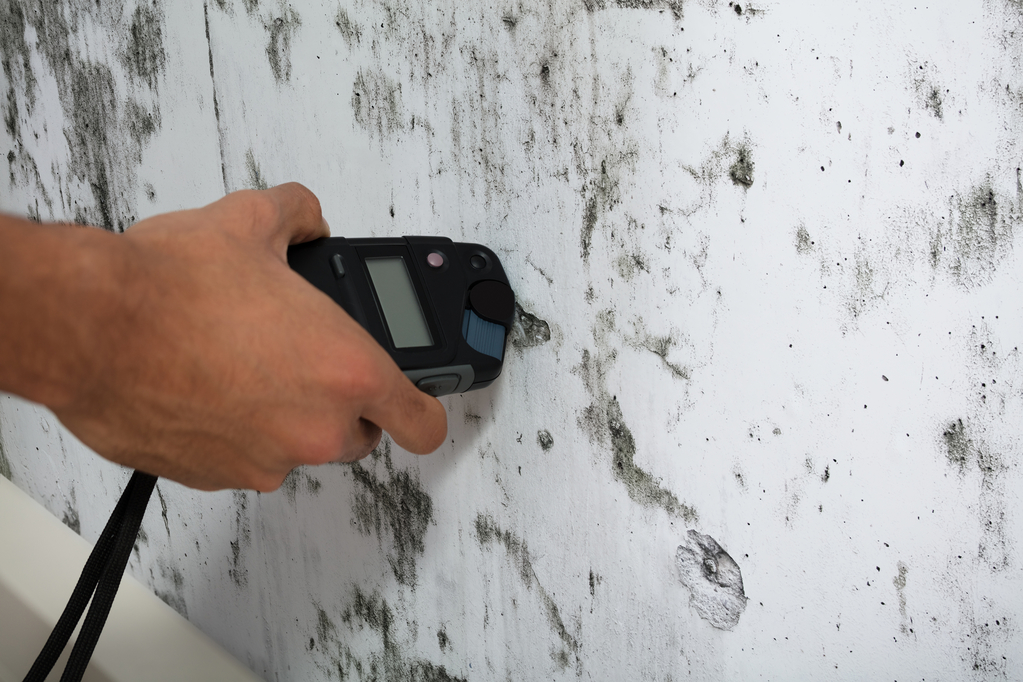Locating Post Remediation Inspection Near Me Providers
Locating Post Remediation Inspection Near Me Providers
Blog Article
Your Ultimate Guide to Message Mold And Mildew Removal Methods
Navigating the realm of post-mold remediation strategies is a precise process that requires focus to detail and a detailed understanding of the complexities involved. In the after-effects of mold problem, knowing exactly how to properly get rid of the mold and mildew and avoid its reoccurrence is critical for preserving a healthy and balanced interior atmosphere. From choosing the ideal cleansing and sanitizing approaches to applying techniques for long-term mold avoidance, each action in the remediation journey plays an important function in making certain an effective result. As we begin on this exploration of post-mold remediation techniques, we will discover the essential approaches and best practices that can assist you restore your room to its pre-mold condition and guard it versus future mold dangers.
Understanding Post-Mold Remediation Refine
After completing the mold and mildew remediation procedure, it is vital to understand the post-mold remediation techniques that are necessary to ensure a extensive and effective clean-up. When the mold and mildew has been eliminated, the following step entails cleaning and sanitizing the affected areas to protect against any regrowth of mold. This includes making use of specialized cleaning up agents to clean down surface areas and eliminate any type of staying mold and mildew spores. It is important to dry out the location completely to prevent the growth of mold and mildew in the future (what to do after mold remediation). Correct air flow and dehumidification can help in this procedure.
In addition, conducting a last examination post-remediation is important to make sure that all mold and mildew has been efficiently eliminated. This inspection should include a comprehensive aesthetic check in addition to possibly air tasting to validate the lack of mold and mildew spores in the air. If the inspection reveals any kind of lingering mold and mildew, extra remediation may be essential. Informing residents on preventive steps such as regulating dampness degrees and promptly attending to any water leakages can aid keep a mold-free environment.
Reliable Cleaning and Decontaminating Techniques

Avoiding Future Mold Growth

Importance of Proper Air Flow
Appropriate air flow plays an essential role in protecting against moisture buildup, an essential consider mold and mildew growth within indoor environments. Effective air flow systems help eliminate excess moisture from the air, lowering the possibilities of mold spores discovering the moisture they require to germinate and spread out. Without appropriate ventilation, indoor areas can come to be a reproduction ground for mold and mildew, leading to prospective health and wellness dangers and architectural damages.
By making certain appropriate air circulation, air flow systems can likewise assist in drying out wet locations more promptly after water damage or flooding cases, further hindering mold development. Post Remediation Inspection near me. In spaces like washrooms, cellars, cooking areas, and attics where wetness levels tend to be higher, installing and preserving efficient air flow look at this now systems is critical in avoiding mold infestations

Monitoring and Upkeep Tips
Provided the essential function that correct ventilation plays in avoiding mold and mildew growth, it is imperative to establish efficient surveillance and upkeep tips to ensure the ongoing performance of air flow systems. Regular examinations of air flow systems should be performed to examine for any signs of clogs, leaks, or breakdowns that might restrain appropriate airflow. Tracking humidity levels within the residential or commercial property is additionally critical, as high humidity can add to mold growth. Setting up a hygrometer can aid track moisture levels and sharp house owners to any spikes that may call for focus. In addition, ensuring that air filters are frequently cleaned or changed is essential for keeping the performance of the ventilation system. Carrying out a routine for routine maintenance tasks, such as duct cleaning and heating and cooling system evaluations, can help protect against issues prior to they intensify. By staying proactive and alert to the condition of ventilation systems, homeowner can successfully mitigate the risk of mold and mildew regrowth and preserve a healthy and balanced indoor atmosphere.
Conclusion
To conclude, post-mold removal strategies are crucial for ensuring a clean and risk-free atmosphere. Understanding the procedure, executing reliable cleaning and sanitizing methods, stopping future mold and mildew development, preserving proper air flow, and routine tracking are all vital action in the removal procedure. By adhering to these guidelines, you can successfully remove mold and avoid its return, functioning or advertising a healthy and balanced living area for all passengers.
In the consequences of mold invasion, recognizing just how to efficiently eliminate the mold and mildew and avoid its reoccurrence is paramount for maintaining a healthy indoor setting. As soon as the mold has been removed, the next action includes cleaning and sanitizing the influenced locations to protect against any type of regrowth of mold - Post Mold Remediation Report. After getting rid of visible mold growth, it is important to clean all surface areas in the afflicted area to eliminate any type of staying mold spores. To further improve mold and mildew prevention steps, it is important to attend to underlying problems that originally led to mold and mildew growth.Given the critical duty that correct ventilation plays in preventing mold and mildew development, it is crucial to establish efficient surveillance and maintenance pointers to make sure the ongoing performance of air flow systems
Report this page